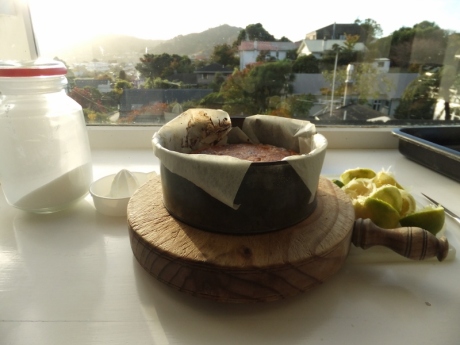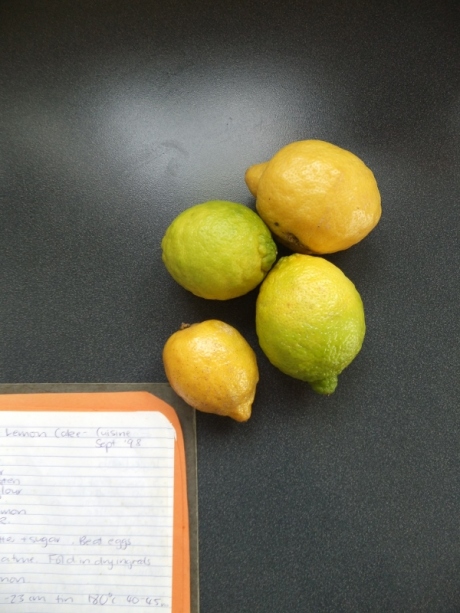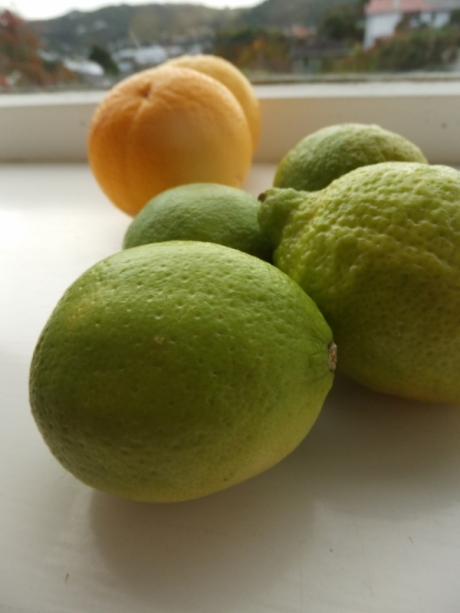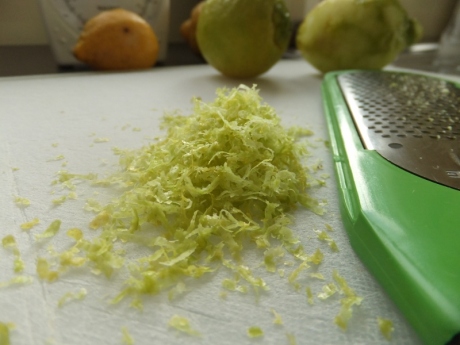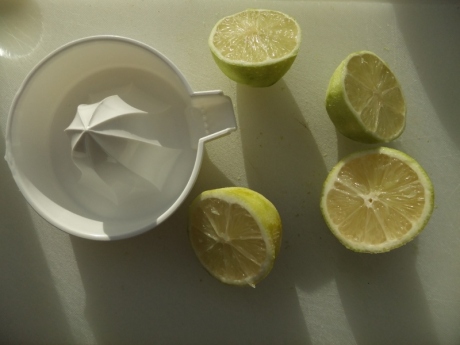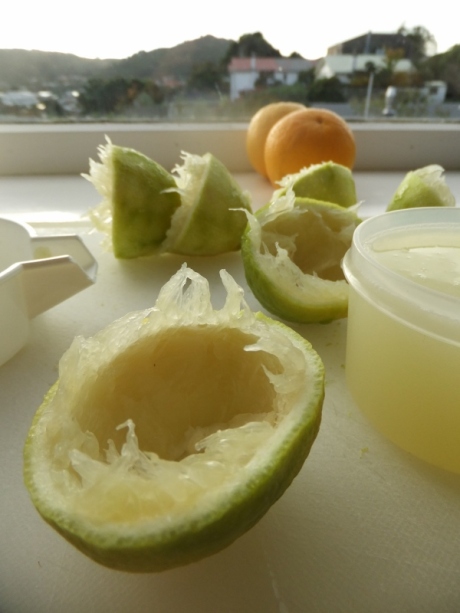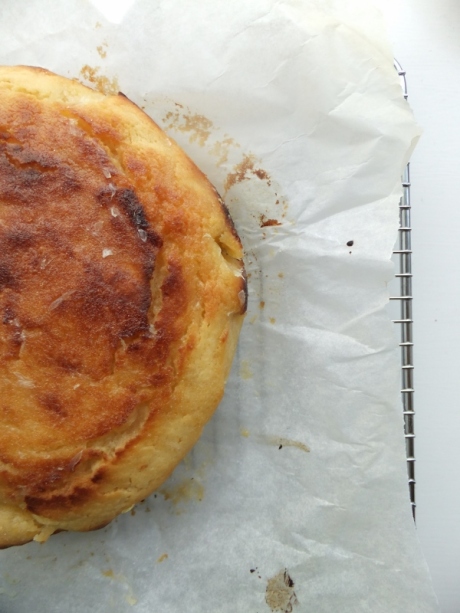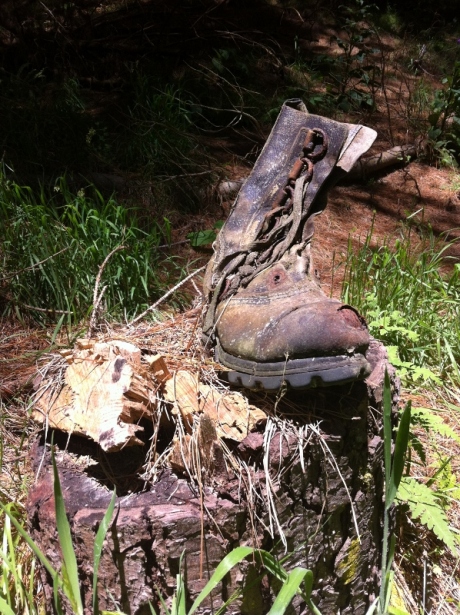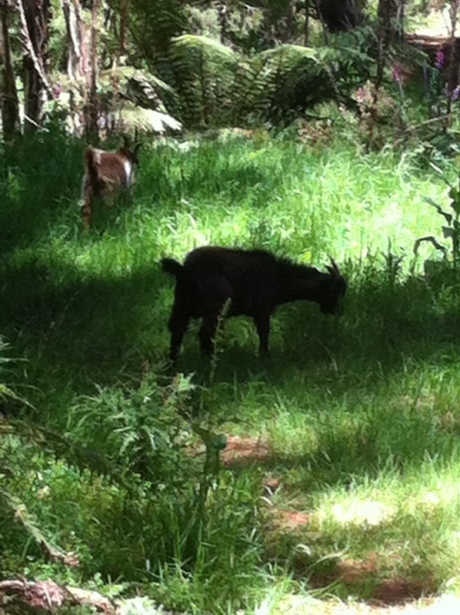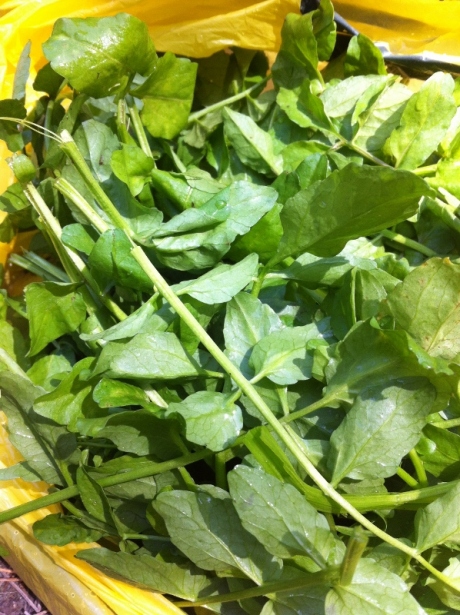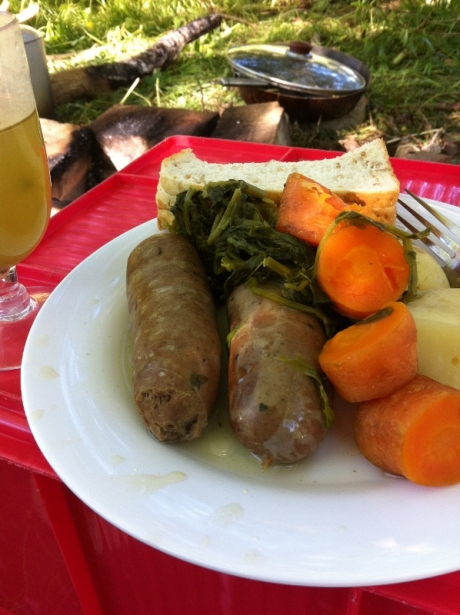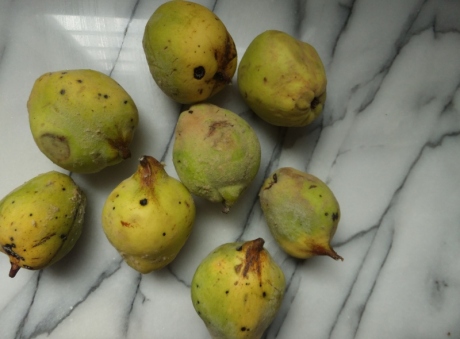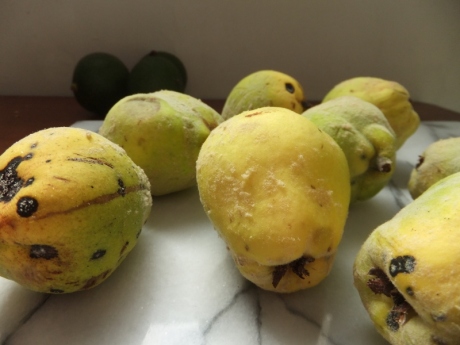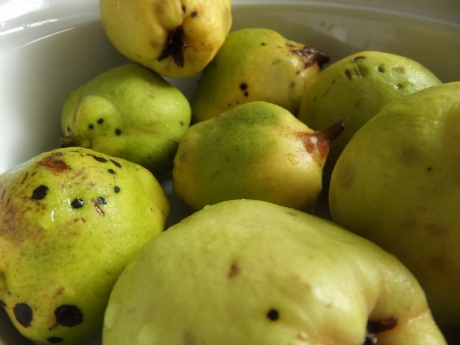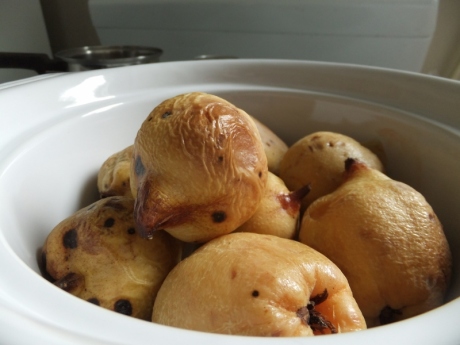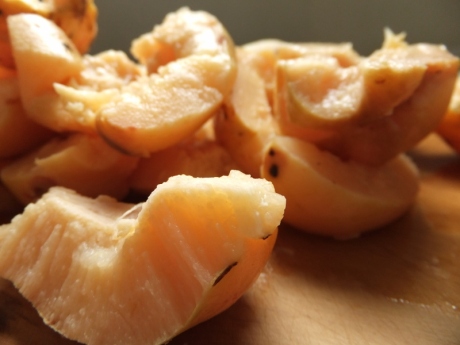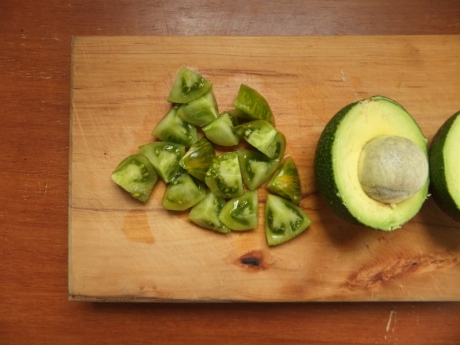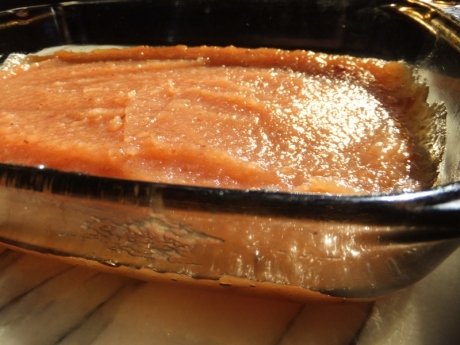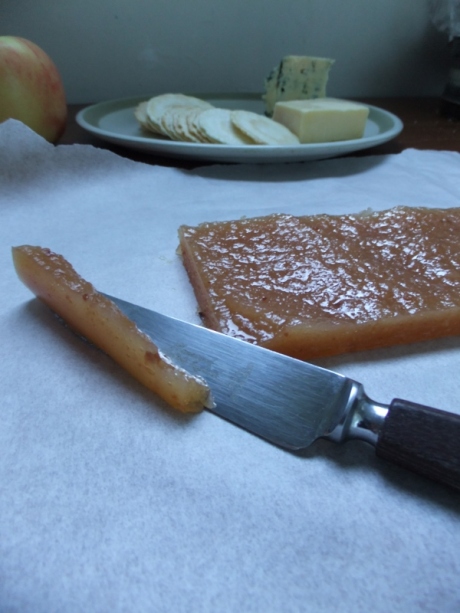Ever since I made Skye Gyngell’s lemon and poppyseed cake last year I have been meaning to share our standard, go-to lemon cake recipe. It’s so understated that we often forget it about. But the recipe, copied in my mother’s hand into the green binder, shows it came from a 1998 issue of Cuisine magazine. We have been making this cake, and often forgetting about it, for nearly 15 years. You could say we’ve had small lemon cake revelations for 15 years.
This cake is little, almost pathetically so. But it’s light, moist and the lemon flavour is bang on the mark. This cake is of my favourite sort, the no-icing sort. Instead a sugar and lemon juice syrup is poured on the cake fresh from the oven. Like pouring brandy on a hot Christmas cake, this seems the most kindly of gestures for a cake. Like tying a child’s shoelace or wrapping a scarf around a loved one’s neck, it’s a small gesture but it makes a difference. The sugar forms a thin crust on top so there is the slightest crunch when you eat it, and if, like me, you never bother to strain your citrus juice, there are small bursts of lemon flesh scattered across the cake.
I was going to began this post in what I feel follows a common thread amongst blog writers – the constant search for the better, different, more exciting, more challenging recipes, but then so often the family classics prove to be the best. If nothing else, these recipes are dependable. They can often be made in a jiffy, are very forgiving in terms of swapping this for that, and they please a crowd. These are all valid points and no reason at all to discredit the everyday and the dependable, but I’m beginning to see a trend in my kitchen.
I made a crumble last week; rhubarb and apple with a spiced topping packed full of nuts and oats. I like my crumble to be a perfectly suitable substitute for breakfast, the crumble to be more liked baked muesli than dessert. With crumble I feel you can skimp on the sugar as long as the ratio of fruit to crisp is 2:1. You see, I’m intimate with the crumble. But the other dishes that make up a varied, diverse and exciting life? I’m less intimate with those.
There are so many opportunities to progress as a cook. I’m going to start reading cook books again, and actually cook from them. I’m going to experiment with flavours and ingredients.
On that note, I share with you a dead easy lemon cake recipe because, let’s face it, despite promises to be brave and fearless in the kitchen, we all need an easy lemon cake recipe up our sleeves.
Sugar and Lemon Cake
A quick note – I made this recipe with limes instead of lemons, so feel free to play around with the citrus. I didn’t have any milk so used lime juice instead. This worked out fine, except I think the extra fat from the milk helps to keep the cake moist and round out the flavours. Perhaps go half and half, milk and citrus juice, if after a stronger citrus flavour. The recipe below is the original.
125 grams butter
175 grams sugar
2 eggs, beaten
175 grams self raising flour
1 teaspoon baking powder
zest of lemon
1/2 cup milk
Syrup:
juice of 1 lemon
3 tablespoons sugar
Pre-heat oven to 180°C and line a small 20 cm tin. Cream butter and sugar together until pale and creamy. Add the beaten eggs, a little at time, beating after each addition. Fold in the dry ingredients plus the lemon zest and the milk. Pour into prepared tin and bake for 35-45 minutes. (Check after 30 minutes depending on how much extra citrus you added.)
Stir together the sugar and lemon juice for the syrup. Pour over the hot, cooked cake. Leave to cool in tin, however, best served slightly warm.

